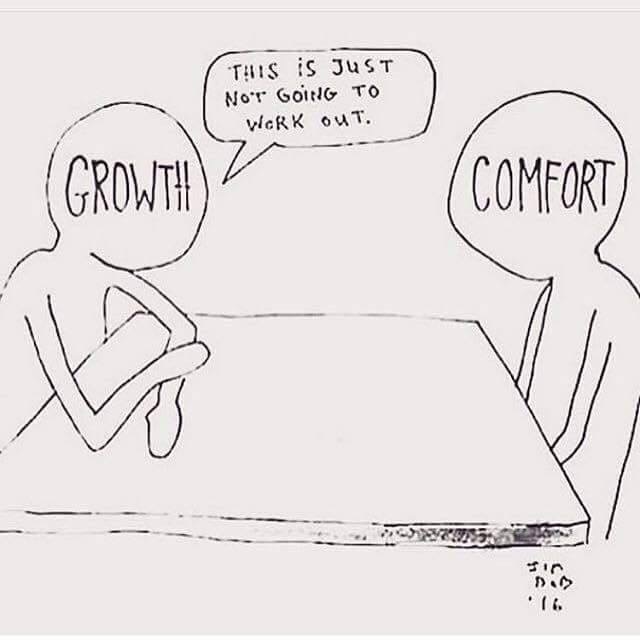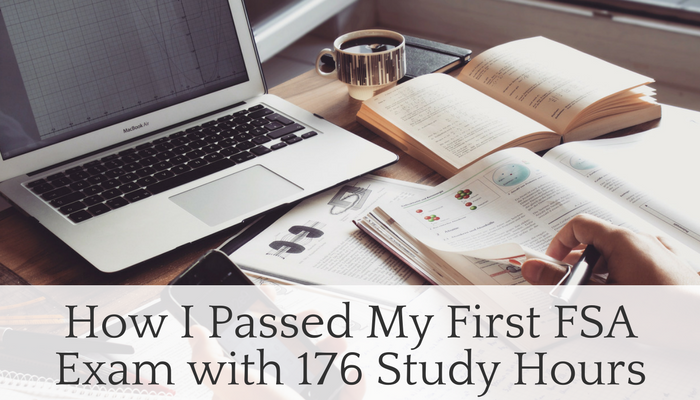When you’re prepping for an actuarial exam, one of the first questions is “How many study hours do you need to pass?”
I asked this question when I studied for my first 5-hour FSA exam. I received a few answers:
- 500 hours (from the traditional “100-hour rule”; 5-hour exam = 500 study hours)
- 400-450 hours (most common answer on Actuarial Outpost)
- 300 hours (from a few high-achieving friends)
Even the best-case scenario was disheartening. I didn’t have time for 300 hours. Roy and I would be writing Actuarial Exam Tactics over the next few months, and I still had to balance my actuarial job and wedding planning.
But how accurate are these study hour estimates? Are people really studying the entire 400 hours? Or do they count the 15-minute breaks scrolling through Facebook?
How much quality study time do I really need to pass?
The Experiment
My friends know me for being extreme.
When I wanted to eat healthy, I carried a food scale and tracked every ounce of food (including at family gatherings and the campus dining hall). When I wanted to learn how to lucid dream, I read every book I could find. I recorded 4-5 dreams per night in a dream journal to analyze recurring themes and patterns.
When I was curious how many study hours I needed to pass my first 5-hour FSA exam, I also took an extreme approach:
- Instead of a study hour goal, I set a study hour limit (No more than 50 hours outside my company study time)
- I timed each study session with a stopwatch, recording my hours in a spreadsheet
My rules were simple: start the stopwatch when I started studying, and stop it for any breaks (e.g. going to bathroom, checking my phone, refilling my water, grabbing a snack).
I translated the overarching study hour limit into daily limits; read X pages in 30 minutes, or do Y review questions in 45 minutes. I did this for every study session over the 4-month prep period.
The Result
I hit my goal; I passed Exam SDM with 176.1 study hours. This was far less than the 300-500 hour estimates I heard from others. What explains the big difference?
A few factors come to mind:
- More accurate tracking – I didn’t count the intermittent breaks that occur throughout a study session. This seems trivial, but the small breaks add up across a 4-month period.
- Better strategy – Roy and I wrote Actuarial Exam Tactics during this period. I made sure I lived the principles that we were writing about to quickly grasp and retain the material.
- Genetic variability – I won’t ignore this. Students catch onto new concepts at differing speeds. But people often attribute 100% of the difference in study time to genetics – it’s certainly not the sole driver (as with any skill).
- Study hour limits & timed sessions improved my learning.
Two of these stand out – better strategy, and study hour limits. These are the factors you can control to improve your own chances of passing.
We talk extensively about study strategy in our book and other articles, so I’ll focus on the second item: how study hour limits & timed sessions improve study skills.
Lessoned Learned from Setting Study Hour Limits
“What gets measured gets managed” -Peter Drucker
1. Constraints force creativity and focus
Parkinson’s law states: “work expands to fill the time available for its completion”. We are wired to allocate just enough effort to complete a task – nothing more.
Meetings that are scheduled for 1 hour usually last the entire hour, regardless of the agenda items. If you have 2 weeks to write a paper, you take the entire time (even if all the work is done in the final 2-day stretch). If we are allowed a longer time to complete a task, we adjust our effort accordingly.
I used Parkinson’s law to my advantage with a study hour limit and timed study sessions.
One day, I had to read a 30-page chapter on liquidity risk. At my typical reading pace, this would take me 90 minutes.
I gave myself a 45-minute limit and started my stopwatch. I noticed a few things:
1. There was no time for daydreaming or rereading paragraphs. My attention and focus increased accordingly to eliminate these time-wasters.
2. The time constraint changed my entire reading strategy. Normally I read each section front-to-back. I didn’t have time for that. Instead, I used the pre-reading method in Actuarial Exam Tactics to focus on key concepts. I bounced around the chapter, selectively reading passages to understand the key concepts and how they related to the main topic of liquidity risk. Instead of focusing on words, I focused on ideas.
I finished the reading in 44 minutes (as expected with Parkinson’s law).
You may be wondering if I actually learned anything. What if I missed something important while skipping around? That was my concern, until I found out this was my strongest section on the exam.
There’s a simple explanation: time constraints made me focus on relentless prioritization. My time wasn’t best spent analyzing an obscure example for 30 minutes. This diverted attention away from the key concepts.
We have a limited amount of mental capital; spend it on the things that matter. Constraints make your priorities crystal clear.
2. Studying under time pressure makes the exam less intimidating
This is the most obvious consequence – studying under timed deadlines made the exam environment more comfortable.
Instead of panicking with 1 hour left in the exam, the deadline felt familiar – I studied under similar deadlines for 4 months. I wasn’t crippled by the pressure, I was energized by the challenge.
If you want to improve your stress response during the exam, simulate the time pressure while studying.
3. High study hour goals have negative consequences
The high study hour estimates serve a good purpose. Students must know that actuarial exams are different than college exams – they’re moving into the big leagues. And there’s an obvious correlation between study time and chances of passing.
However, there are overlooked downsides of these high targets.
- Focusing on quantity over quality. Even if you understand the material, you feel guilty if you aren’t keeping up with the study hour expectation. Once you’ve anchored your expectation, you experience mental anguish from any deviations.
- Limiting efficiency. Remember Parkinson’s Law? The high number of study hours discourages people from finding efficient ways to learn material.
Roy shattered study hour expectations. If I didn’t witness this, I wouldn’t have had the audacity to try this experiment. I would have continued with my limiting belief that I need 300+ study hours to pass.
Our true goal with Actuarial Exam Tactics is to unlock this same potential in you. Perhaps the biggest barrier to improving study efficiency is limiting beliefs.
______________________
The most important result from this experiment is that it made studying more enjoyable.
I felt like I was training, every day improving my learning ability and acquiring new knowledge in less time. It took attention away from the daunting exam, and focused me on the process of daily improvement.
Our recommendation: set a study hour limit and time yourself. If you usually give yourself 1 hour for a reading, set a timer for 45 minutes. You’ll see similar effects – less time daydreaming and more focus. It will feel uncomfortable, but the deadline will push your boundaries and accustom you to the pressures of exam day.
Most importantly, don’t be limited by your beliefs around high study hour requirements. If you want to pass the exam in less time, know that it’s possible – you just need to push yourself with smart strategy and study hour limits.

Study Smart, Pass Fast, Live Life
Mike & Roy

